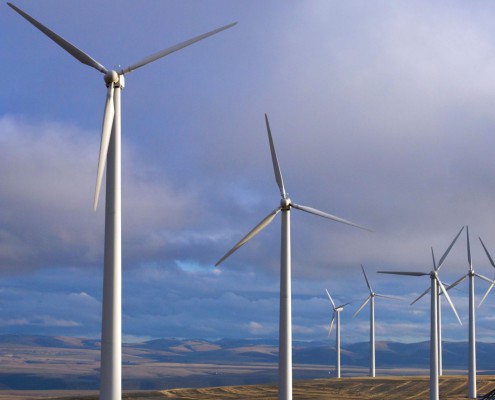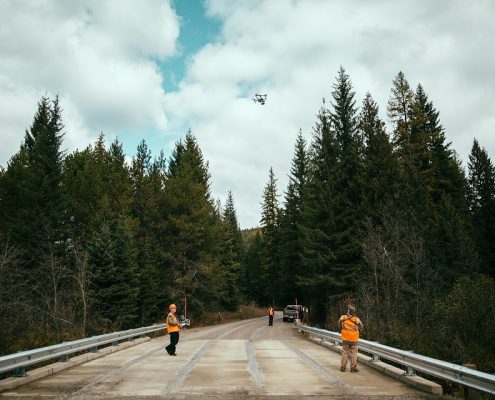How Does LiDAR Work, and What Are Its Limitations?
LiDAR is one of the leading options for surveying today, and it’s easy to see why. As a technology, it’s advanced, highly accurate, and fast. Compared to competing technology, it’s more effective and accurate a greater percentage of the time. To fully understand the benefits of LiDAR, you need to understand how LiDAR works, and why new Unmanned Aerial Vehicles (UAVs) technology is helping it really take off.
What exactly is LiDAR? How does LiDAR work?
LiDAR releases very fast pulses of light towards a target and then measures the amount of time it takes for that light to travel back. As a LiDAR unit moves, usually on an aerial vehicle, it’s able to continuously scan an area using these small bursts of light to see how the terrain is changing around it. LiDAR units will take many points of data, which are then turned into a 3D mesh.
For LiDAR to work effectively, its data must be analyzed. LiDAR data on its own is simply a number of disconnected points in space. But once processed and analyzed, this data will form a consolidated topographical map.
LiDAR data is often gathered via sensors placed on vehicles such as UAVs (drones), helicopters, and planes. The method by which LiDAR data is captured does have some impact on its quality. Planes fly much higher than drones or helicopters, and consequently the data will not be as high resolution as it otherwise could be. However, that also means data can be captured much faster.
LiDAR differs from the other major surveying method, which is photogrammetry. Under photogrammetry, photos of terrain are taken in quick succession, also often from an aerial vehicle. These photos are then analyzed to create a 3D model. Photogrammetry is not as accurate because it relies on 2D pictures to create a 3D model, but it is fast and cheap, and it does produce models that are usually fairly easy to understand; unlike LiDAR, these photos have color and realistic texture, so it is easy for the untrained eye to recognize things like fields, rivers, and roads.
What is a LiDAR drone?
LiDAR can be used on any aerial vehicle, but drones are becoming far more popular. A LiDAR drone is more maneuverable, able to capture higher resolution images, and can be deployed very quickly. Comparatively, other methods of LiDAR scanning require additional permits and licenses, and there is always the risk, no matter how minor, of something happening to a manned aerial crew.
What are the major benefits of LiDAR?
There’s a reason why this technology has seen such widespread adoption. The benefits include:
- It’s fast. LiDAR captures quick bursts of light and can scan virtually as quickly as the aerial vehicle is able to move. Large swathes of land can be covered by LiDAR units.
- It’s accurate. When paired with UAV, LiDAR scans can be conducted very low to the ground, taking high-resolution images of even very complex terrain. LiDAR scans can be taken in areas that would normally be too dangerous to survey, and drones are able to operate with precision to get the most accurate scans.
- It’s in-depth. Photogrammetric imaging won’t show you what’s beneath brush or cloth, but LiDAR can. LiDAR can see through thin cloth and overgrown plants and leaves, thereby providing better topographical data.
However, there are few situations in which a LiDAR drone won’t be the optimal method for surveying.
Are there any limitations to LiDAR?
Every technology has its limitations, even LiDAR. Though LiDAR has many benefits, there are also some downsides, which is why some projects choose to use photogrammetric imaging instead. A lack of color and texture means it can be difficult to interpret LiDAR data without training or additional pictures overlaid on the data.
LiDAR also requires in-house processing to get the most accurateresults. Because LiDAR data is very complex, outsourcing data analysis can lead to inaccurate data. Further, LiDAR is more expensive than other solutions like photogrammetry.
It can be beneficial to work with a company that offers both LiDAR and photogrammetric imaging. When used together, LiDAR and photogrammetric imaging can be extremely effective.
Are you interested in learning more about the benefits of LiDAR? Do you want to know the differences between LiDAR and photogrammetry? Contact the experts at Landpoint.




























